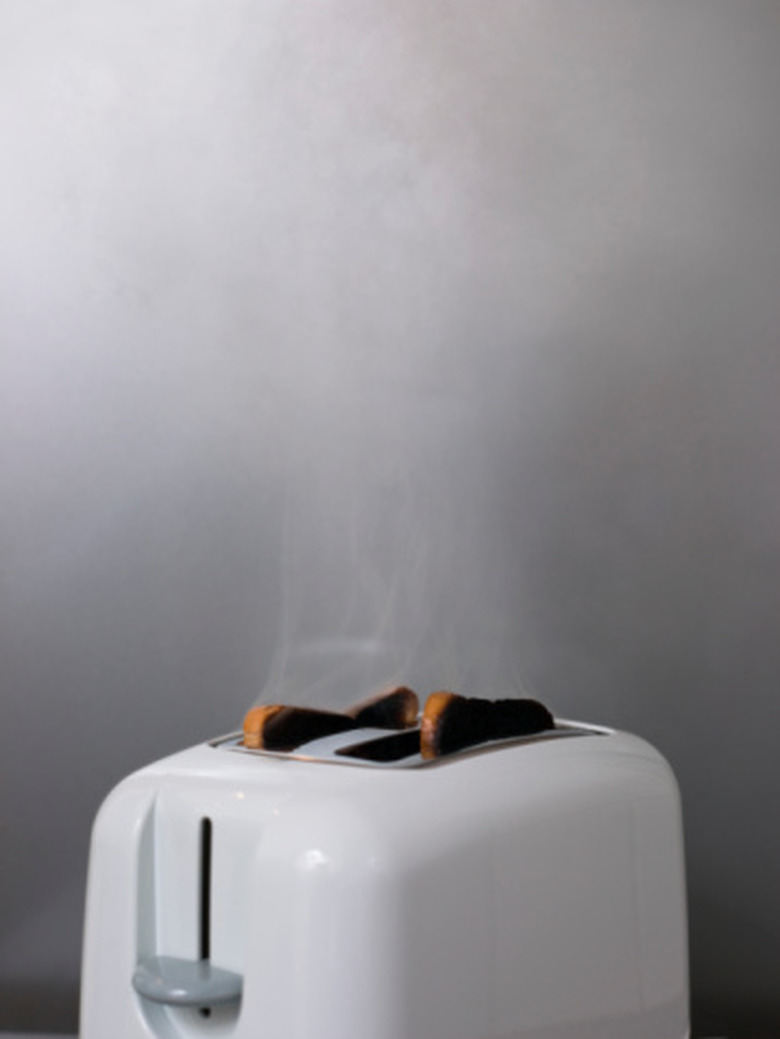How To Calculate The Centerline Of P Charts
Control charts are used to determine stability and monitor changes to a process. A p-chart is a type of control chart used with attribute or categorical data, such as yes-no, win-lose or defect-no defect, according to the Quality Advisor website. Because the data is in the form of proportions, subgroup size can vary over collection periods. The centerline of a p-chart is the expected value of the proportions and is calculated based on sample data.
Step 1
Arrange data in two columns, with the first being the total number in the subgroup and the second being the total number of defects. If you were measuring number of defective toasters over the course of a year, the data may look like this: Toasters Made 500 400 200 200 100 90 145 256 345 321 567
Defects 250 267 273 266 276 220 205 296 237 265 154
Step 2
Sum the total of the subgroups. In this example, the total number of toasters made over the course of the year is 3,124.
Step 3
Sum the total defects. In this example, the total number of defective toasters is 2,709.
Step 4
Divide the total of the subgroup by the total defects to derive the centerline of the p-chart. In this example: 2,709/3,124 = 0.87.
References
Cite This Article
MLA
Scottsdale, Brenda. "How To Calculate The Centerline Of P Charts" sciencing.com, https://www.sciencing.com/calculate-centerline-charts-8682651/. 24 April 2017.
APA
Scottsdale, Brenda. (2017, April 24). How To Calculate The Centerline Of P Charts. sciencing.com. Retrieved from https://www.sciencing.com/calculate-centerline-charts-8682651/
Chicago
Scottsdale, Brenda. How To Calculate The Centerline Of P Charts last modified March 24, 2022. https://www.sciencing.com/calculate-centerline-charts-8682651/
